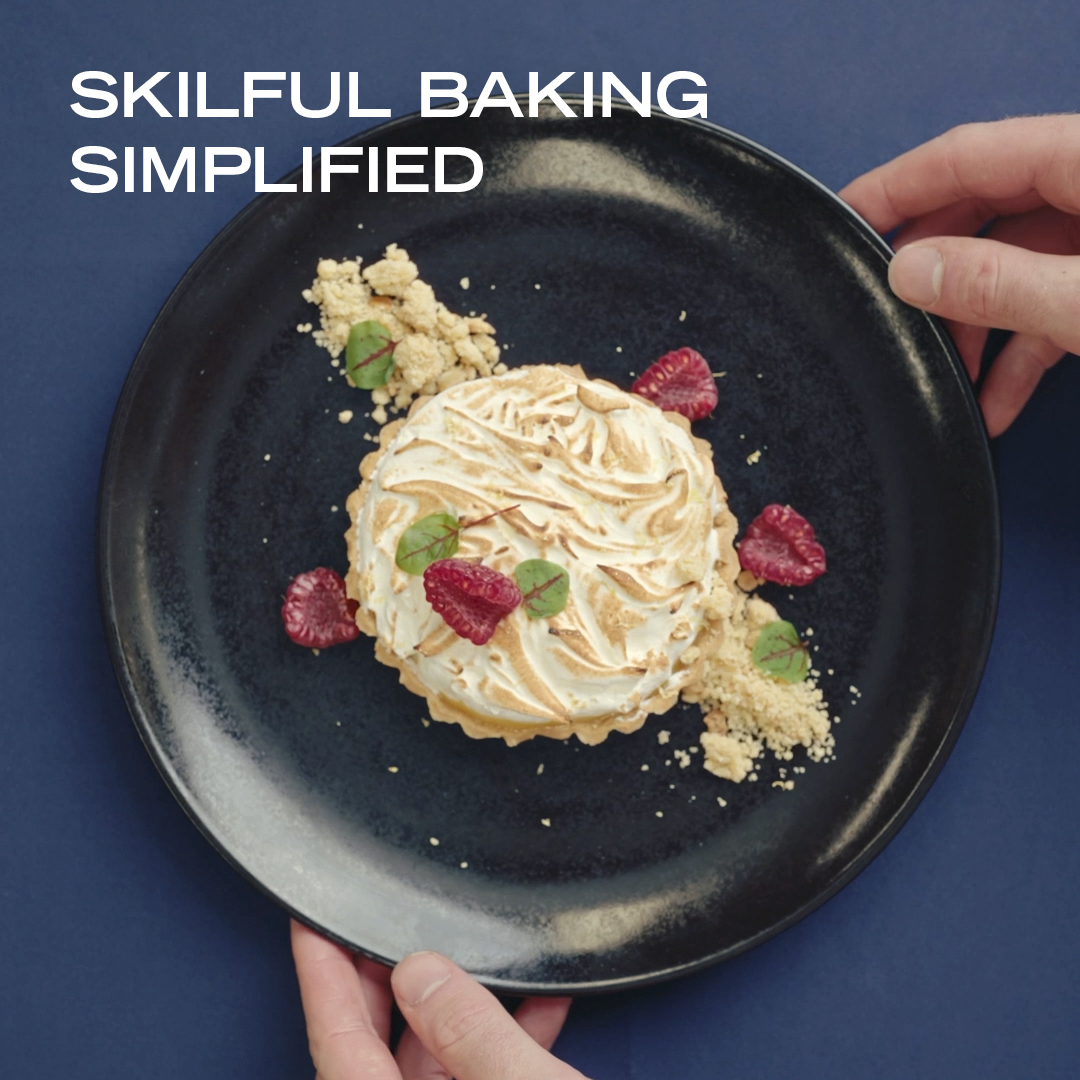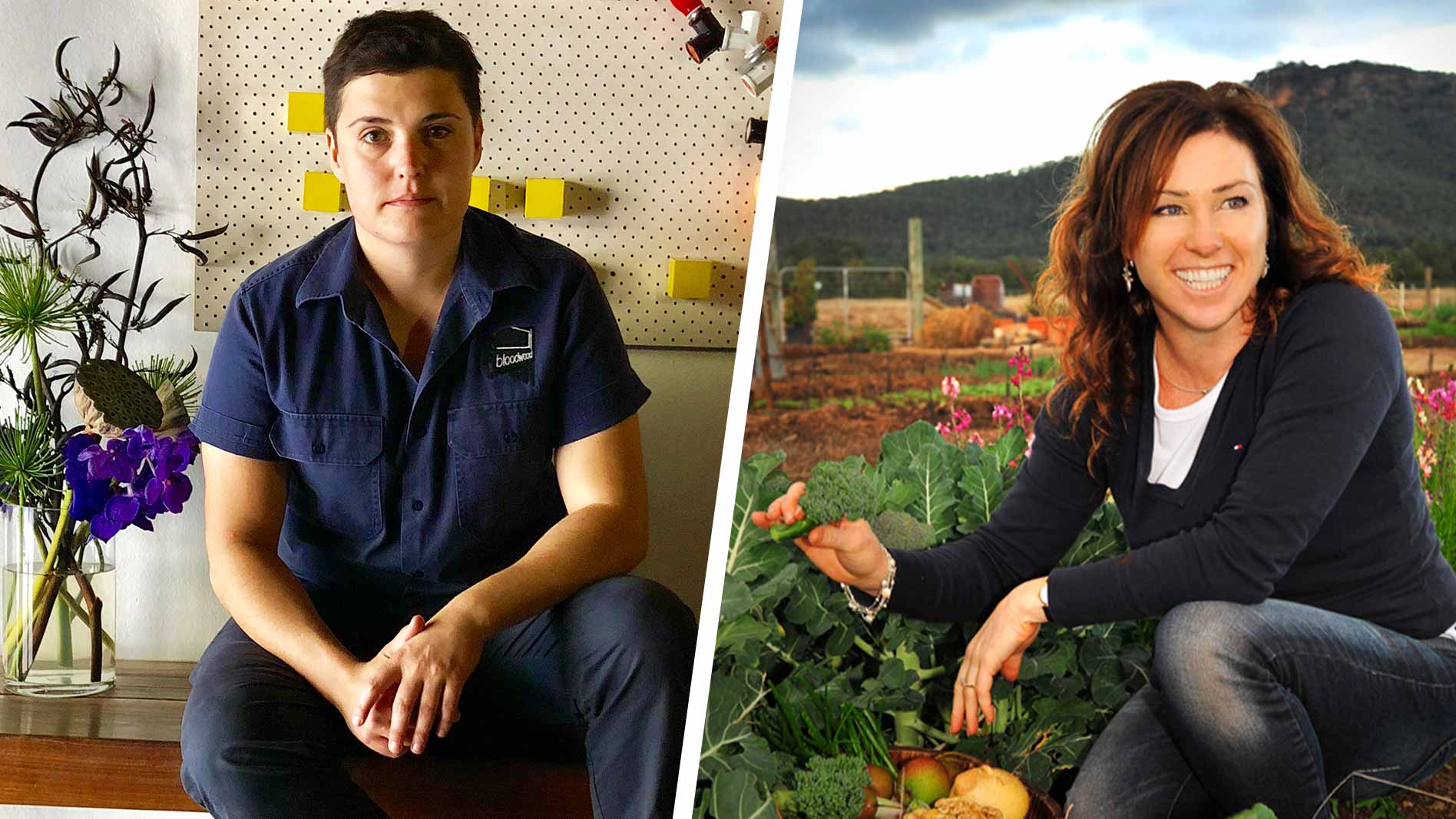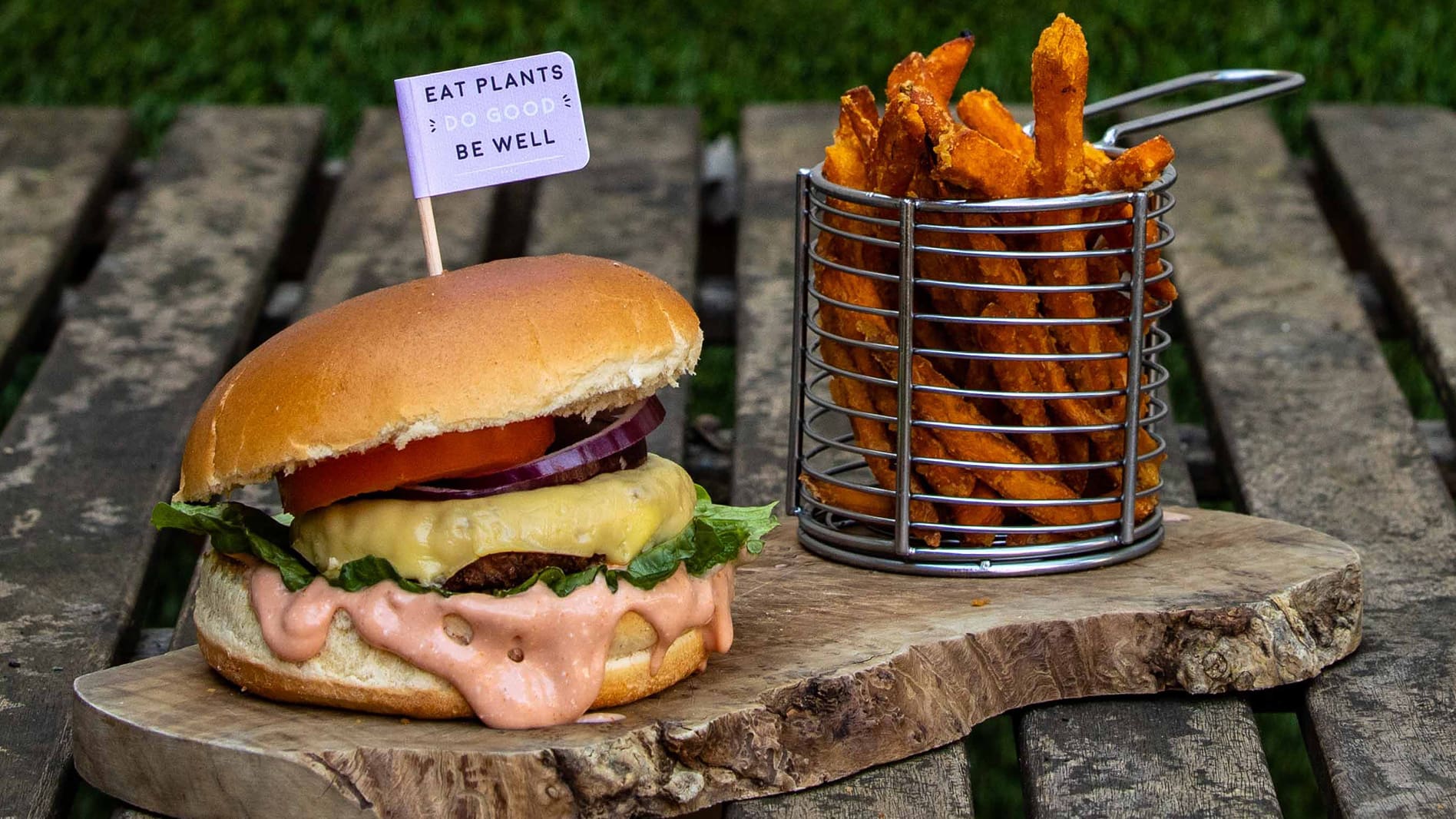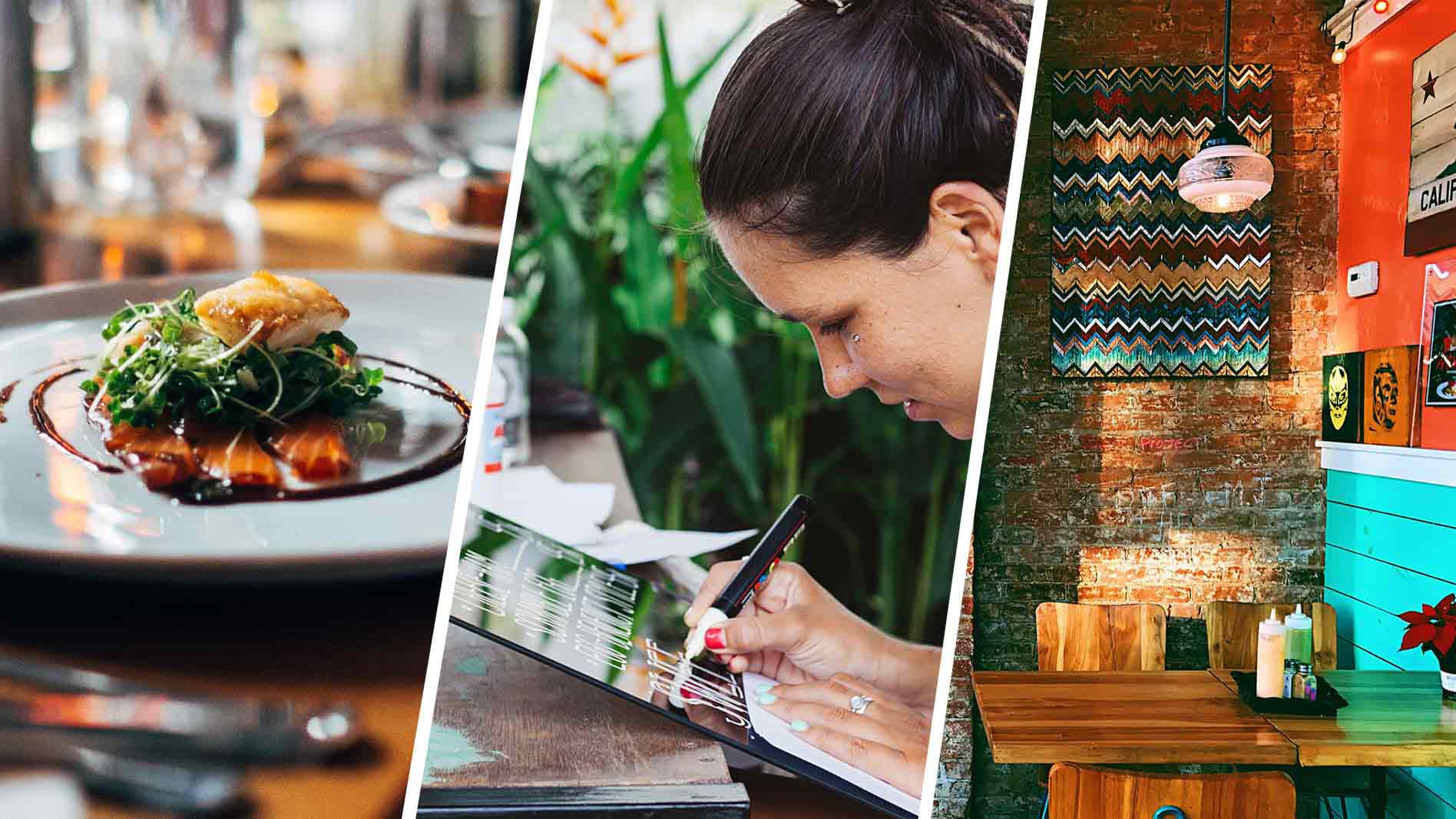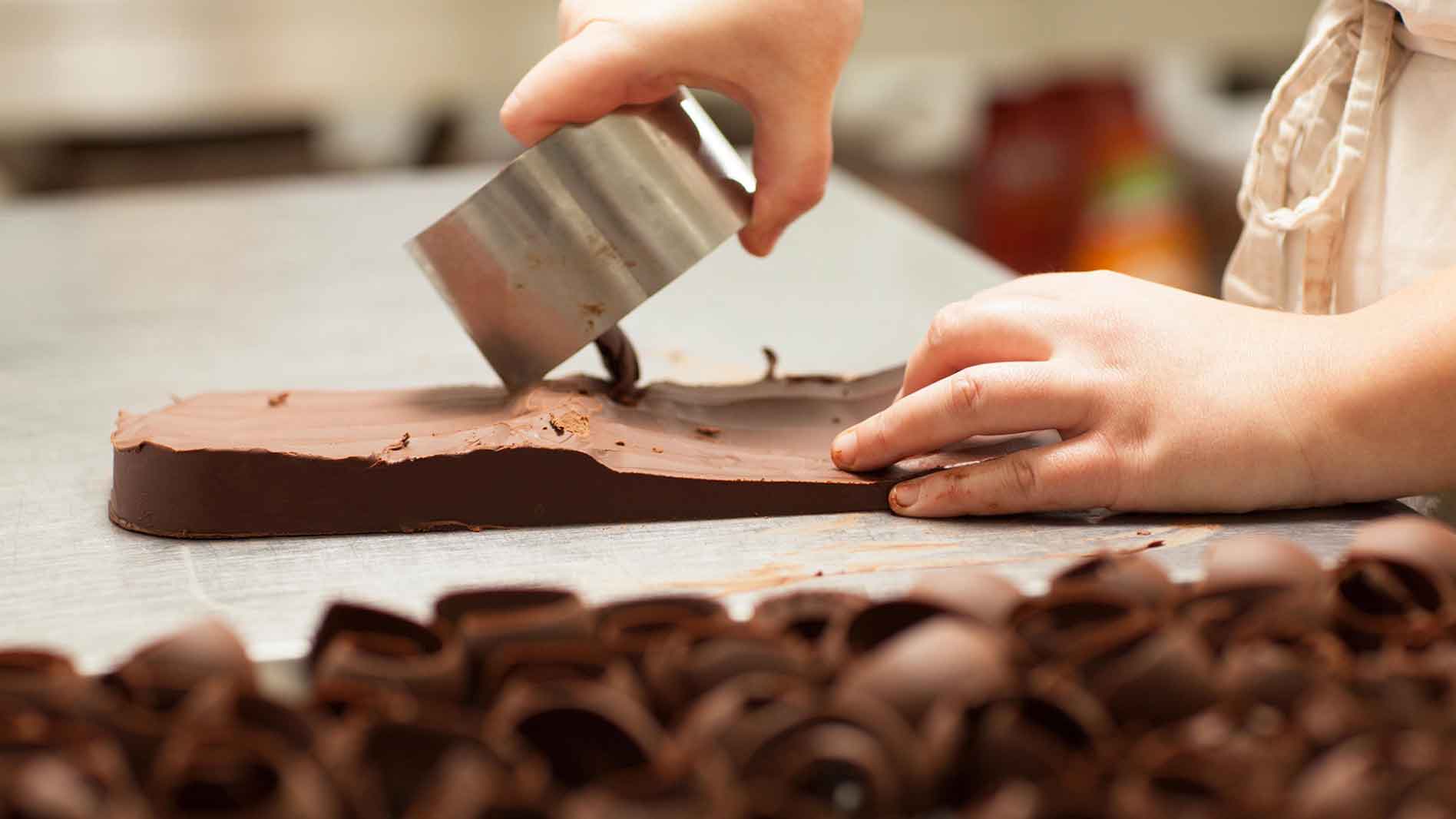
Burgers are no longer all about the juicy patty and thick sauces. These days, they are all about which bun works best.
Never before has a well-crafted burger been placed so loftily on the dining pedestal. The salivating combination of the patty, sauce and cheese – all captured with the perfectly golden baked bun. So, we went to the experts and learnt that it is these buns that can make or break the modern-day burger trend. Acting as the foundation of today’s big flavours and holding the burgers together, buns can be the difference between a glorious and unpleasant dining experience.
From the standard white bun to the milk bun, brioche bun and potato buns, the options are never-ending. Though, what is really the difference between them and does it really impact your final burger product?
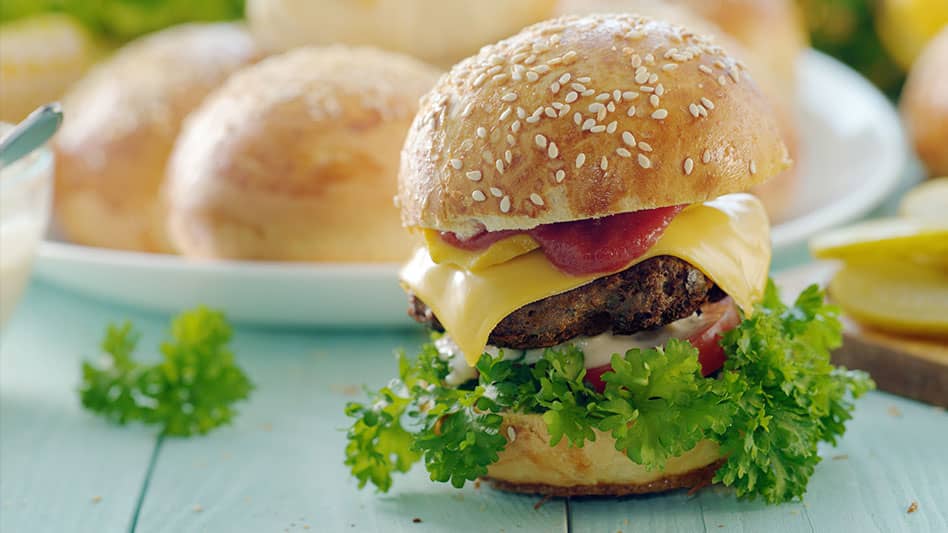
Black Burger Buns
These days, the trend with burgers is to make them stand out in-terms of appearance. One creative way to achieve this is using different coloured buns – including a black bun. Black coloured foods have not been historically popular; however the rise of social media and strong emphasis on the visual aspect of food has created demand for unusual flavours and colour palettes. Black buns can also enhance the colours of the ingredients of the burger – giving sauces, tomatoes and greens extra pop. Depending on the colouring agent used, it also gives the bun a distinctive taste that can complements sauces and dressing. Squid ink and activated charcoal are the most common, natural colouring agents and provide a subtle flavour, different to the bun itself. Additionally, this type of bun is also highly heat-resistant thanks to the addition of natural colorants which mean that it will not easily burn unlike the brioche bun.
Ciabatta Buns
Ciabatta Buns are a less common choice when it comes to burgers, but make no mistake, they’re delicious. Unlike the regular brioche buns, Ciabatta Buns are made with olive oil and a stronger flour than other kinds of bread, giving it a savoury, fruity flavour with a hint of sourness. Baked with a much higher hydration level, Ciabatta has a crisp exterior, with a soft and airy interior making for a complex and interesting texture. It is best paired with strong flavours like barbeque sauces, roasted peppers and smoked bacon.
Milk Buns
Most recently, the milk buns have become a crowd favourite, amongst both chefs and consumers, thanks to their sturdy and light texture. While the popular product has a crusty, golden shell, its inside is soft. The milk bun’s sponge-like bread allows it to easily absorb the juices from the meat or chicken patties, as well as the sauces used, resulting in the burger being full of flavour. Along with its ability to keep all the delicious flavours within the two pieces of bread, the milk bun also has a more savoury taste to it, compared to the brioche bun. Organiser of popular Sydney burger pop-up, Down N’ Out and Hashtag Burgers, Ben Kagan explained 90 per cent of popular burger joints around Australia have switched to using the milk buns for their creations. “For American-inspired burgers, the milk bun is definitely the most preferred,” he explained. “The milk bun is a bit sweeter [than the normal white bun] and also a lot less fatty. The sweetness of the milk bun counteracts the saltiness of the burger, like the meat and the cheese,” Ben continued. “It provides a better balance in flavours than a brioche, which is really buttery.” Owner of popular Sydney burger joint, Bar Luca, Sarah Robins explained she prefers to use milk buns for her burgers because it doesn’t “over power” the overall taste. “We use a milk bun, which I think is great because they are nice and soft on the inside and the shell has a really good skin that holds everything together really well,” she explained. Sarah added that the milk bun prevents the burger from “falling apart halfway through being eaten” by her consumers.
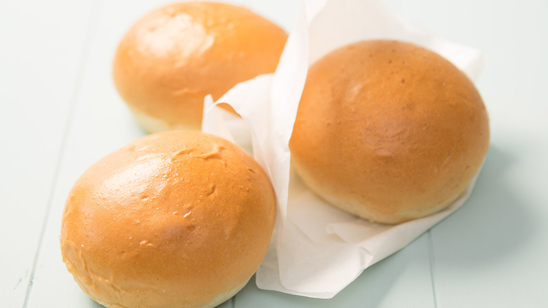
Brioche Buns
The brioche bun, which originates from France, is heavy in both eggs and milk. It is also known as the “sweet” bun, due to its high use of butter and sweeteners – including sugar. Before becoming a “burger bun”, the brioche was mostly used within desserts and sweet-tasting dishes, such as French toast and pudding. Mister Gee’s Burger Truck owner, Gee Ozgen explained he still uses the iconic brioche bun for his popular burgers. “We’ve been using a brioche style bun since the start, and they are a lot sweeter than others,” he revealed. “A bun says a lot about a burger because the bun is the foundation that holds everything together. If you don’t have a sturdy bun, it simply won’t hold everything together.”

Want to find out how to make the perfect burger?
Find out what the experts do. This infographic will help you build the perfect burger.
White Buns
Before the fancy varieties of buns became available, burgers were created with the traditional white rolls, which could come with or without sesame seeds. While they looked good upon serving, the simple white buns struggled to hold the ingredients of the burger. The risk of the burger collapsing upon serving has influenced chef’s to move away from the traditional white buns.
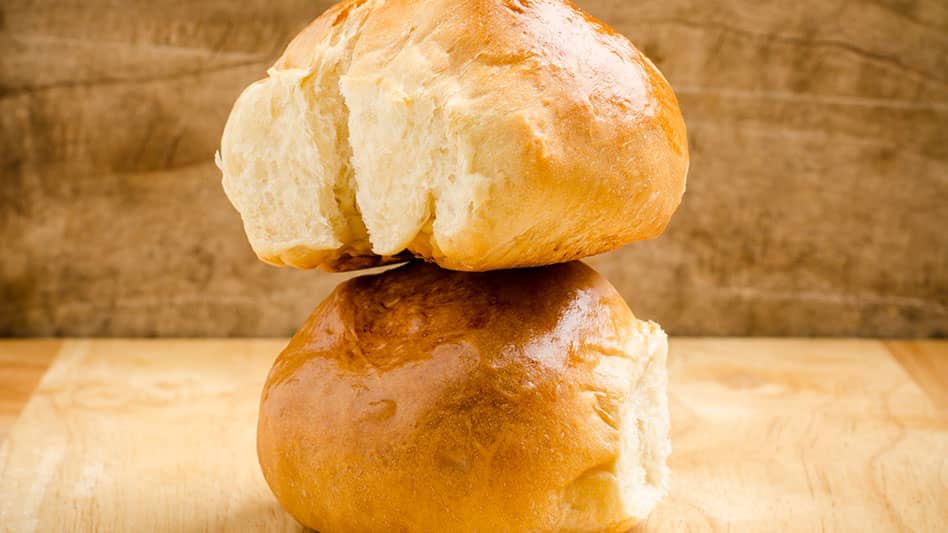
Potato Buns
While both, the milk bun and brioche bun, remain in kitchens across the country, the former craze of the potato bun has quickly disappeared. Unlike other types of rolls, the potato bun is made with a range of different types of potatoes, including potato flour. Similar to the milk bun, the roll has a moist texture, allowing it to absorb the fluids and sauces. Though, the one big benefit for chefs and venues is that the potato bun has a longer shelf life than other types of buns. Down N’ Out and Hashtag Burgers’ Ben Kagan explained that while the potato buns were slowly disappearing within the burger industry, there were still a few locations that prefer the style of roll. “There are a few places that use the potato bun, but they [the rolls] are quite dense and heavy, which makes them really filling,” he explained, adding: “It’s also not too sweet, so there isn’t much flavour that is actually in them [besides the burger’s fillings].”
Plant-Based Buns
Finally, you have your plant-based or vegan buns. These are becoming more popular as venues look to consolidate their offerings and even look to replace general staples with plant-based and vegan alternatives. Plantry is a great example of this, as they have developed white buns that are vegan-friendly. Their Gourmet Vegan Buns are soft, golden on top white buns, with a light white closed crumb. They are made with vegan cream and vegetable oil and have similar textures to regular white buns making them a great vegan substitute. This alternative can help restaurants expand their meat-free menu or consolidate their ingredients lists by replacing all their non-vegan buns with an equal counterpart that just happens to be plant based!
